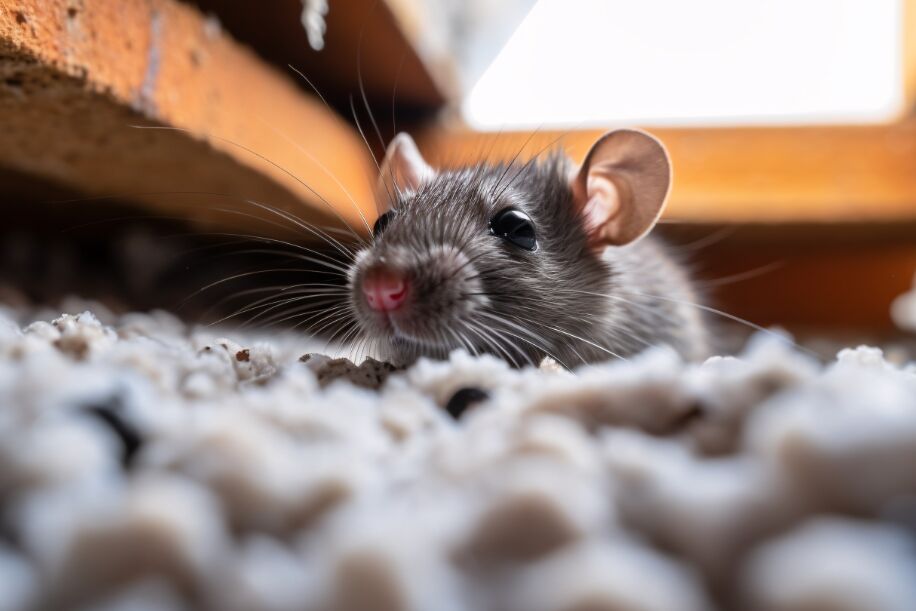How to Get Rid of Mice Without Poison: Safe and Smart Solutions
Share
Dealing with a mouse infestation can be a daunting task. Many people instinctively reach for poisons, but these can pose risks to children, pets, and the environment. Fortunately, there are effective ways to learn how to get rid of mice without poison. This article explores various non-toxic methods that can help you achieve a mouse-free home safely and efficiently.

Understanding the Problem
Before diving into solutions, it's essential to understand why mice invade our homes in the first place. Mice are primarily seeking food, shelter, and warmth. Identifying these attractants in your home can help you address the root of the problem. By removing these incentives, you can significantly reduce the likelihood of a mouse invasion.
Seal Entry Points
The first step in any effective mouse control strategy is to seal off potential entry points. Mice can squeeze through incredibly small openings, so it's crucial to be thorough. Check for cracks in the foundation, gaps around doors and windows, and any other openings. Use materials like steel wool and caulk to block these entry points effectively.
Use of Natural Repellents
There are several natural repellents that can deter mice. Peppermint oil is a popular choice due to its strong scent, which is unpleasant to mice. Soak cotton balls in peppermint oil and place them in areas where you suspect mouse activity. Other options include using ammonia or vinegar, which can also deter mice with their strong odors. For more ideas on natural repellents, check out this guide on natural rodent repellents.
Traps as a Safe Alternative
Traps are a tried-and-true method for controlling mice populations. There are various types of traps available, each with its pros and cons. Snap traps are effective and humane if used correctly, while live traps allow for the catch-and-release method. Its important to place traps in strategic locations, such as along walls and behind appliances, where mice are likely to travel.
Homemade Solutions
For those who prefer DIY methods, homemade traps can be an excellent option. A simple homemade trap can be made using a bucket and a ramp, allowing mice to fall in but not escape. For bait, consider using peanut butter or chocolate, which are both attractive to mice. Discover more about creating homemade solutions here.
Maintain a Clean Environment
One of the most effective ways to prevent mice is to maintain a clean and tidy home. Regularly clean up food crumbs, store food in airtight containers, and ensure that garbage is sealed and disposed of properly. A clean environment reduces the food sources available to mice, making your home less attractive to them.
Monitor and Adjust
Mice are persistent creatures, so it's essential to continually monitor your home for signs of activity. Look for droppings, gnawed materials, and nesting sites. If you notice signs of mice, adjust your strategies accordingly. Persistence and vigilance are key to long-term success in keeping mice at bay.
Conclusion
Tackling a mouse problem without poison is not only safer but can also be highly effective when the right methods are employed. By sealing entry points, using natural repellents, employing traps, and maintaining cleanliness, you can create an environment that is inhospitable to mice. For additional tips and strategies, visit this comprehensive guide on mouse control.

FAQs
What are the best natural repellents for mice?
Peppermint oil, ammonia, and vinegar are popular natural repellents that can deter mice due to their strong scents.
Can I make my own mouse traps?
Yes, homemade traps can be effective. A simple trap can be made using a bucket and a ramp, with peanut butter or chocolate as bait.
How do I prevent mice from entering my home?
Seal all potential entry points, maintain a clean environment, and use natural repellents to make your home less attractive to mice.
